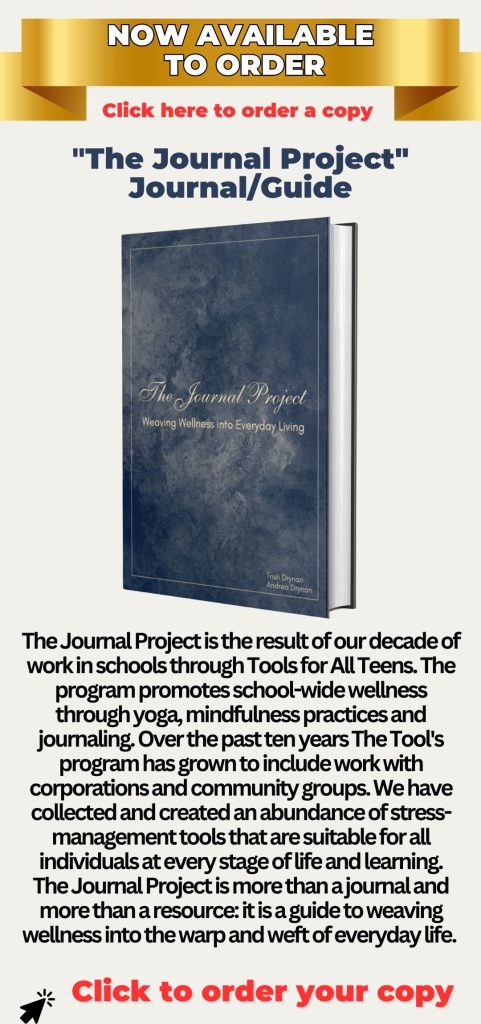“If we can make just 1% of the population meditative, this world will be a different place.” -Sadhguru
We’ve all heard about meditation. Many of us have tried it, and many of us have been sceptical about its benefits. Despite its wide reach in articles, blogs, retreats, social media, and so much more; do we really know the full story of what it is and how we do it?
There seems to be a misconception about the type of person you need to be, the type of space you need to have, and the amount of time you have to spare, in order to meditate. The truth is, anyone can meditate, in any place, and in any amount of time.
WHAT is it?
Meditation does not hold the goal of altering your mind, and changing who you are. Rather, it is a means to control our perceptions and our reactions in a world where so much is, in fact, out of our control. It is a way of taking control of what we can and letting go of what we can’t, which, over time, allows people to let go of unnecessary worrying and finding peace of mind in observing the true nature of things. The idea is to be able to observe our thoughts without becoming them, or letting them affect our physical being. While meditating, we become aware of our thoughts, the positive and negative, and we breathe through them, letting them pass like a floating cloud.
Meditation can have a plethora of meanings and benefits depending on the person, and can also have different meanings for the same person, depending on the day. For example, it can be a means to sleeping better, if that is something you wish to work on; it can be a means to being less reactive; it can be a means to slow down; it can be a means to simply be with yourself for a few minutes a day with nothing else to worry about, amongst an infinite amount of possibilities.
What does it FEEL like?
The more you meditate, the better it will start to feel. I’ve personally been meditating regularly (often once-twice a day, between 5-10 minutes at a time) for about 5 months now. When I first started consistently meditating, I didn’t understand how sitting still, in the middle of the day, with my eyes closed was supposed to feel good, especially when I had so much stuff I had to get done. However, I was still intrigued based on studies upon studies of success stories, so I stuck with it. And as time progressed, the feeling it gave me started to alter. It no longer became 5 minutes of sitting still with my eyes closed, but a full body experience where I am now able to observe my thoughts, worry less and alter my negative perceptions more easily (not perfectly, but significantly better than before).
Now, when I meditate, I feel at peace. It is a full body sense of calm. Sometimes my body even becomes slightly numb or tingly and my mind completely quiet. The longer you have to mediate, the more visceral your experience will be; however, two minutes of meditation can still fuel healing, and it is absolutely better than nothing.
WHERE do you do it?
You can meditate anywhere. I personally like to do it on my yoga mat in my bedroom, with the lights dimmed and a candle lit. However, I have also done it lying down on my couch, on a subway car, while walking, half way through a conversation that was getting a little too heated, and even while eating. I think a good outlook to have with meditation, and a tip to be able to do it consistently, is to be flexible with it.
You might not have the time one morning to roll out your yoga mat, light a candle, and meditate for 15 minutes. But just because this is your most ideal way of meditating, and you feel as if you don’t have time for it, doesn’t mean you shouldn’t do it at all. It just means that 5 minutes on the couch before running out the door will have to do. And it can still be great.
HOW do you do it?
There are many ways to meditate, and many resources on the internet, in books, and on apps, that will suggest a number of methods.
This is what typically works for me:
- Find a quiet space if possible
- Get into a comfortable position (either lying down or sitting on your bum with your legs crossed). If the time and resources are available, this is the stage I would light a candle, rub some essential oils on my temples, and dim the lights in the room.
- Set a timer with a gentle ring for when your time is up.
- Focus on a single object with a soft gaze
- Take a few deep breaths, paying attention to your sensations, e.g. what you hear, how your limbs feel against the earth, how the room temperature feels on your skin, or any surrounding sounds.
- Slowly close your eyes and soften breathe.
- Continue paying attention to your breathe, and begin to observe the thoughts that enter your mind. Observe them without any judgement, and then remember where you are: In a safe space in the present moment, the only moment that exists. The thoughts will come and go. What’s important is focusing on the fact that you are safe in spite of them. Let them come, breathe, and then let them float away.
- Continue breathing through your thoughts and reassuring yourself of the safe space and present moment that you’re in until your timer eventually rings.
- Do not rush out of your meditation. This can counteract everything you just worked on. Slowly open your eyes, give yourself a gentle hug, and continue on with your day.
HOW do you start?
As cliche as it might sound, it all starts with you. In order to start meditating consistently, you need to have a genuine interest in discovering what meditation can do for you. To reap the benefits of meditation, it does not take a lot of time, energy, or resources. But what it does take is patience and practice. To push through patience, an authentic interest and curiosity is necessary. If you feel yourself ready to be patient with it, this is all you need to ease into a consistent meditation practice, and make the most of it. You’ve got this.
Share your meditation stories with us!!


